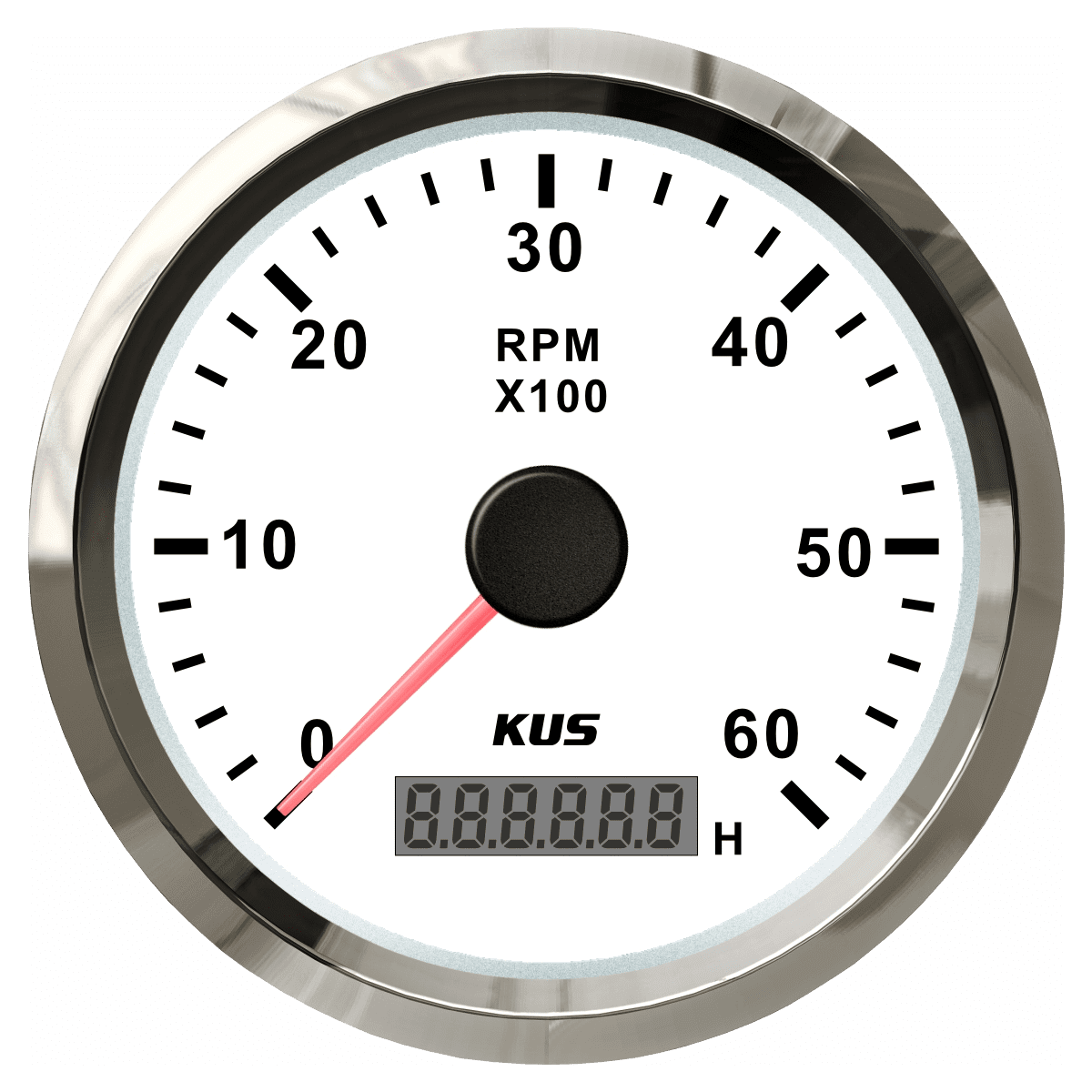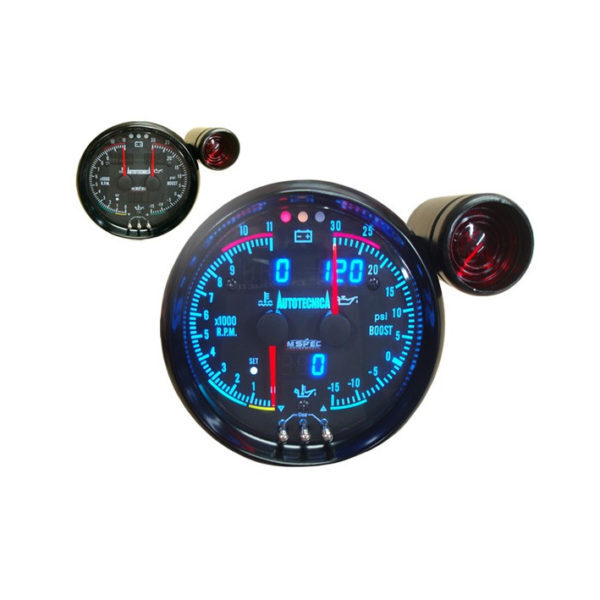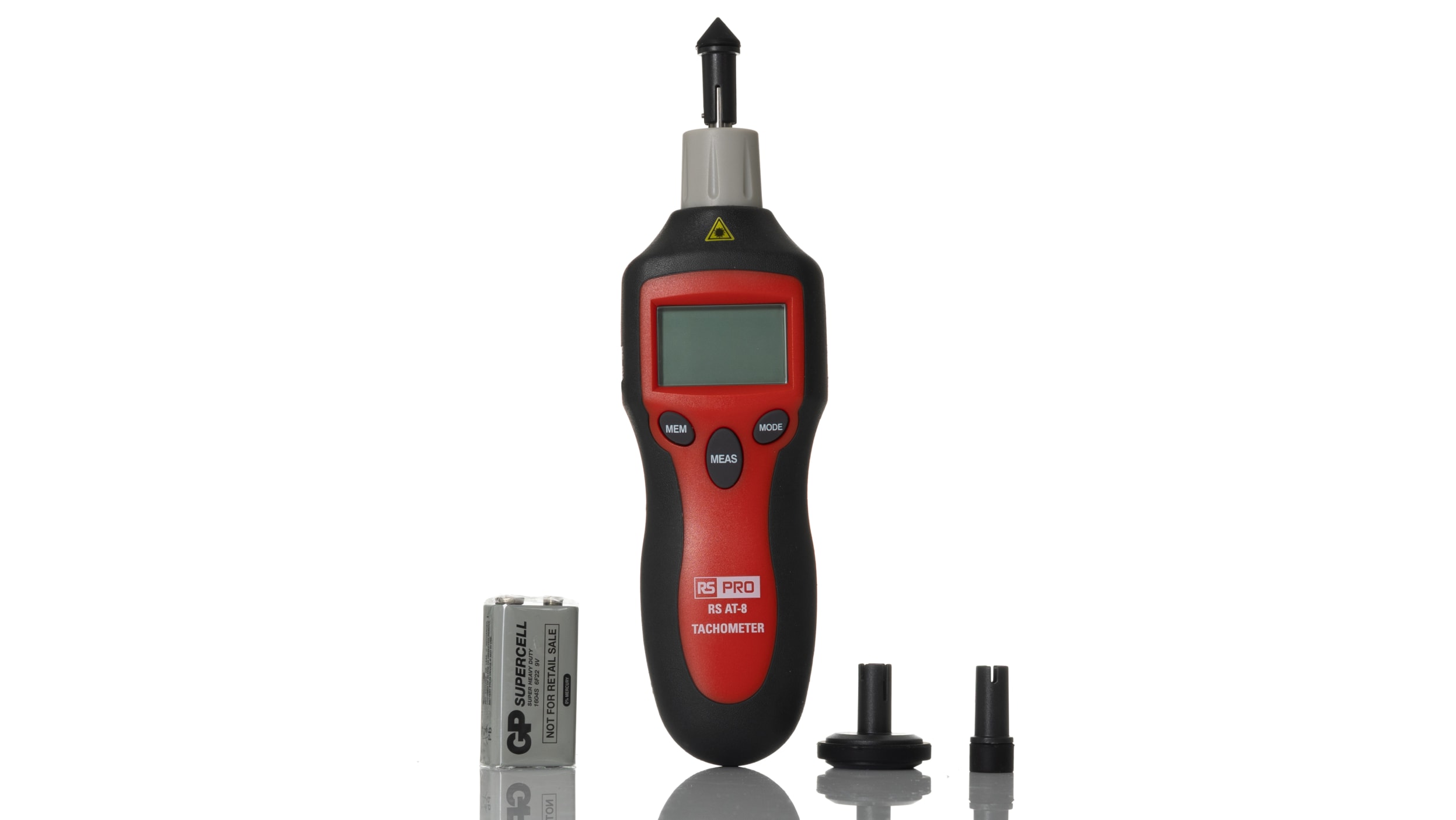The Value of a Tachometer in Keeping Track Of Engine Rate and Performance in Automotive Applications
In the world of vehicle engineering, the tachometer stands as a crucial instrument in the motorist's arsenal, supplying a straight window right into the inner functions of a lorry's engine. Past its feature as a plain gauge of transformations per minute (RPM), the tachometer acts as an important device for enthusiasts and experts alike, supplying real-time insights into engine efficiency and health. Comprehending the value of this device exceeds surface-level observations, diving right into the elaborate partnership in between engine speed, power output, and general driving experience. As we check out the complex duty of the tachometer in automobile applications, a much deeper admiration for its influence on vehicle dynamics and effectiveness starts to arise.
Significance of Keeping Track Of Engine RPM
Keeping an eye on engine RPM, or revolutions per min, is an important aspect of auto upkeep and efficiency assessment. Engine RPM straight correlates with the rate at which the engine's crankshaft turns, showing exactly how rapidly the engine is running.
Additionally, checking engine RPM is essential for efficiency evaluation in auto racing and high-performance vehicles. Preserving ideal RPM levels is essential for attaining peak power output and velocity. Racers frequently utilize tachometers to guarantee they are operating within the ideal RPM variety for optimum performance. In summary, checking engine RPM is not only crucial for identifying problems yet also for enhancing engine efficiency in numerous automotive applications.

Advantages of Real-Time Data
In automobile applications, real-time data plays an important function in supplying instantaneous understandings right into the efficiency and problem of the vehicle. By constantly keeping track of different specifications such as engine speed, temperature, fuel consumption, and much more, real-time data uses numerous advantages that add to boosted performance and security when driving.
One considerable advantage of real-time data is its capacity to sharp motorists and service technicians to any type of anomalies or issues promptly. This aggressive approach makes it possible for fast identification of potential troubles, permitting for timely interventions to stop additional damage or failures. In addition, real-time data facilitates efficiency optimization by supplying prompt responses on driving routines and engine efficiency. Vehicle drivers can change their behavior in real-time based upon this info to achieve better gas economy and extend the life-span of their automobile.

In addition, real-time data plays an essential role in contemporary auto diagnostics, allowing professionals to promptly diagnose and deal with breakdowns. This results in lowered downtime, lower maintenance prices, and eventually, enhanced total car dependability and long life (tachometer). By utilizing the power of real-time data, auto stakeholders can make educated decisions that positively impact both the efficiency and longevity of the automobile
Effect On Gear Shifts
Reliable equipment changes in automotive applications substantially affect total efficiency and driving experience. The tachometer plays a vital duty in optimizing gear shifts by providing real-time engine speed data to the chauffeur. When approaching the redline on the tachometer, it signifies the driver to upshift to avoid over-revving the engine and triggering prospective damage. On the other hand, downshifting at the best moment can my site help maintain the engine in its power band, guaranteeing responsive acceleration when needed.
Furthermore, the tachometer aids in achieving smoother equipment shifts, especially in manual transmissions. By monitoring engine rate, vehicle drivers can implement equipment shifts at the optimum RPM array, minimizing jerking motions and lessening wear on the transmission parts. This accuracy in gear changes not just improves driving convenience but additionally adds to fuel performance.
Enhancing Fuel Efficiency
Offered the vital role the tachometer plays in optimizing equipment shifts for efficiency and engine health and wellness, it directly adds to optimizing fuel performance in automotive applications. By providing real-time comments on engine speed, the tachometer helps vehicle drivers in keeping the most reliable RPM range for fuel economic situation. When motorists regularly check the tachometer and change their motoring practices as necessary, they can stay clear of unneeded gas consumption triggered by over-revving or lugging the engine.
Moreover, the tachometer helps chauffeurs determine the most fuel-efficient gear to be in at any type of given moment, avoiding the engine from working tougher than necessary. In conclusion, the tachometer offers as a beneficial device in boosting gas performance by advertising optimal driving practices and determining areas for improvement in the vehicle's efficiency.

Taking Full Advantage Of Engine Durability
The tachometer's function in monitoring engine rate and efficiency is critical in ensuring the durability of auto engines. Keeping track of the tachometer allows chauffeurs to remain within the recommended RPM variety for their lorry, avoiding unneeded pressure on the engine and extending its life expectancy.

Final Thought
To conclude, the tachometer plays a crucial function in keeping an eye on engine speed and efficiency in automobile applications. By giving real-time data on RPM, it permits for effective equipment shifts, improved fuel effectiveness, and made the most of engine long life. This tool is crucial for maintaining read more optimum engine performance and making sure the total functionality of an automobile.